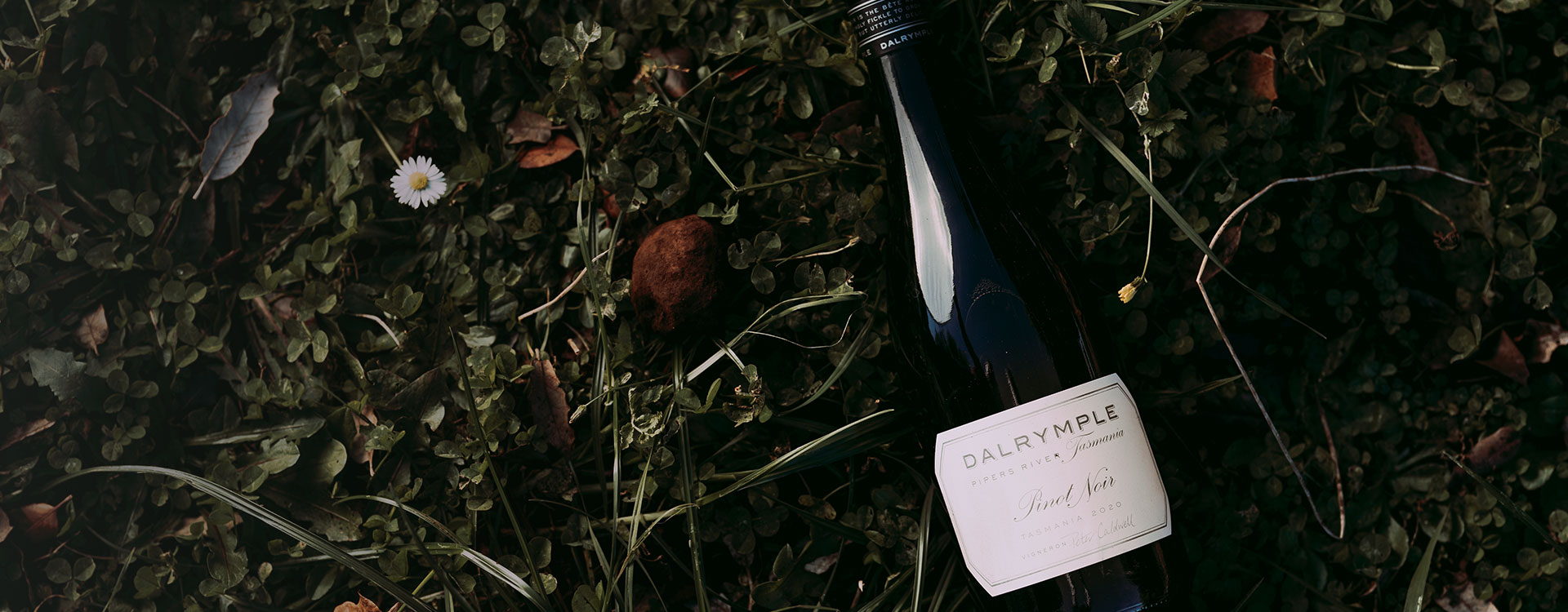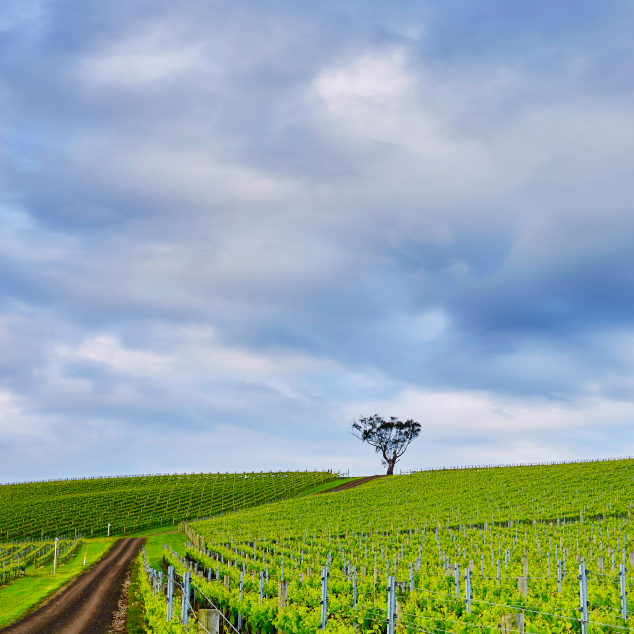
A Short History of Tasmanian Pinot Noir
When an opium-farming Scotsman, Dr James Murdoch, was granted land in Coal River in 1822, no one could have predicted that almost 200 years later Tasmania would have gained an international reputation for producing premium cool climate wines, and grasp the title as Australia’s “Pinot Isle”. It’s obvious we have a lot to thank James for – but how did this eccentric doctor’s passion for Pinot Noir lead to Tassie’s thriving wine industry? We’ve condensed 200 years of determination, hard work and highs and lows into this (very) short history of Tasmanian Pinot Noir.

From poppies to grapes
Five years after arriving in Tasmania – at the time called Van Diemen’s Land – James planted and sold crops of ‘Black Cluster Vine’ plants, an English clone of Pinot Noir, first grown in NSW in 1813. Early viticulturists had found this variety of grape best suited to Tasmania’s climate and conditions. The grape was so well suited in fact, that Tasmania’s first experiment with grapevines resulted in a top Tassie drop being shown at a Paris exhibition in 1848.
But, just two years later, Tasmania’s wine industry was crushed. The gold rush in the 1850s drove large numbers of Tasmanians over to the mainland in search of riches, and Tasmania was left as the only state in Australia without a commercial wine industry.
From a Scotsman, to a Frenchman and an Italian
It took the attitude and know-how of a Frenchman and an Italian in the 1950s to see the value in Tasmania’s wine industry.
Coming from communities where wine production was an integral part of their culture, Jean Miguet and Claudio Alcorso recognised the similarities of the soils and climate in Tasmania with the grape growing regions of their homelands. Jean established La Provence in 1956 in the Pipers River area, Claudio established Moorilla Estate in 1958 at Berriedale, and with passion and a lot of hard work, they began to grow Tasmania’s reputation as a premium Pinot Noir producing region. But it was winemaker Andrew Pirie who put the Pipers River region on the map for Pinot Noir after establishing Pipers Brook Vineyard in 1974.
He brought Tasmanian wine to the palates of wine-lovers in Australia and around the world. Pipers River remains an important viticultural region and is responsible for around 17 per cent of Tasmania’s wine production. Around the same time, Andrew was putting Pipers River on the map, Geoff and Susan Bull cleared a site in Freycinet on the East Coast of Tasmania, planting the first vines in the coastal sub-region in 1979. Over time, Freycinet has revealed its potential as an impressive Pinot Noir, Sparkling and Chardonnay wine producing region.
In the 1980s, not long after the establishment of Freycinet, Pinotphiles Bertel and Anne Sundstrup founded Dalrymple Vineyards in Pipers River. As Pinot Noir visionaries, they travelled to France for inspiration and guidance and planted a number of French clones on their stunning properties in Tasmania’s north.
Tasmania: the Pinot isle?
Throughout the 1990s, and with the rise in popularity for new world wines, particularly Pinot Noir, winemakers continued to flood into Tasmania, leading to a dramatic expansion of the wine industry over the next decade.
In 2010, viticulturist Dr Richard Smart released a report called The potential for growth of the Tasmanian wine sector – might it become the Pinot isle? He made comparisons between New Zealand and Tasmania in terms of climate, environment and water resources, and predicted Tasmania had the capacity to increase to 4,000 hectares within the next 10 years.

This led to significant investment in Tasmanian vineyards by many established mainland wine producers, and a new crop of leading Australian viticulturists and winemakers wanting to make their own mark on the Tasmanian wine industry. Dalrymple Vineyards is now operated by Tasmanian-bred vigneron Peter Caldwell, who makes his award-winning Pinot Noir wines from a number of single sites throughout Tasmania.
In 2018, Pinot Noir comprised nearly 44 per cent of Tasmania’s grape production, and shows no sign of slowing down any time soon. This ongoing investment in Pinot Noir production by Tassie’s true believers is why Tasmania is now known as one of the world’s finest Pinot Noir and sparkling wine producing regions.






